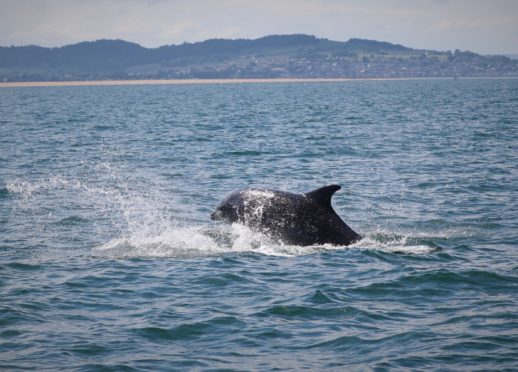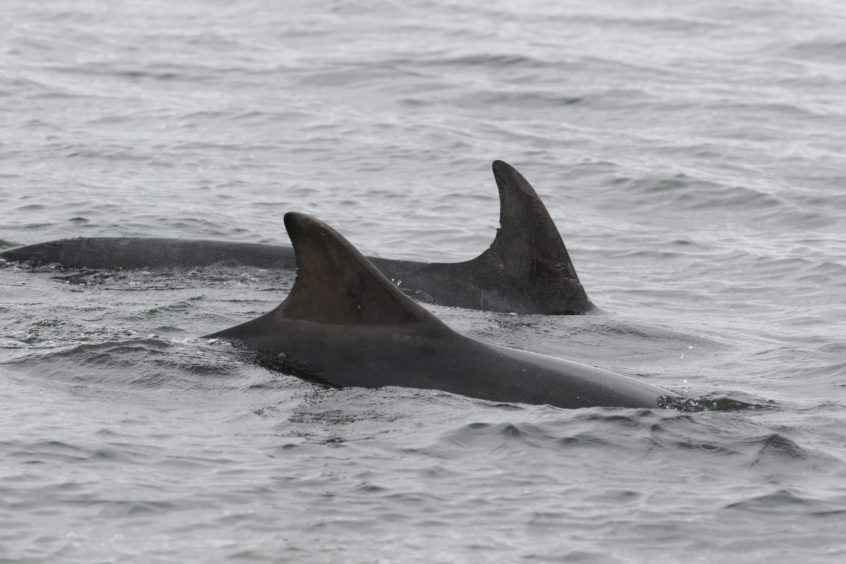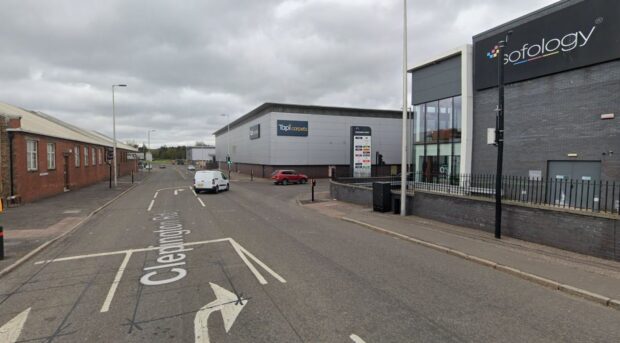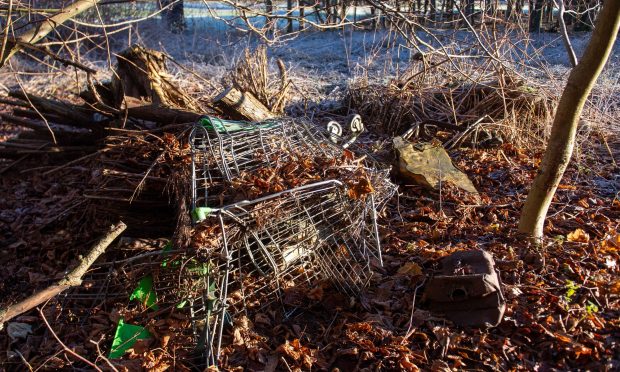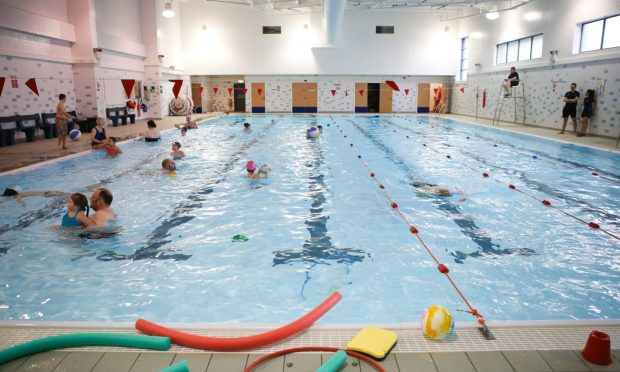Bottlenose dolphins have been spotted in the Tay Estuary area and off the Fife coast by a surveying team from St Andrews University.
The sightings came just days after the team restarted their research programme following an enforced break due to the coronavirus pandemic.
Surveys have been carried out between May and September each year since 1989 by the Sea Mammal Research Unit – which has been based at St Andrews since 1996 – and Aberdeen University.
Two groups were photographed in the Tay Estuary near Tayport and another group between Crail and Anstruther.
Locals in Fife also reported seeing a group just off the coast of Buckhaven at the end of last week.
Researchers are able to identify individual dolphins by the nicks or notches on the trailing edge of their dorsal fin, allowing them to estimate survival and birth rates, trends in population and to document the movements of individual animals.
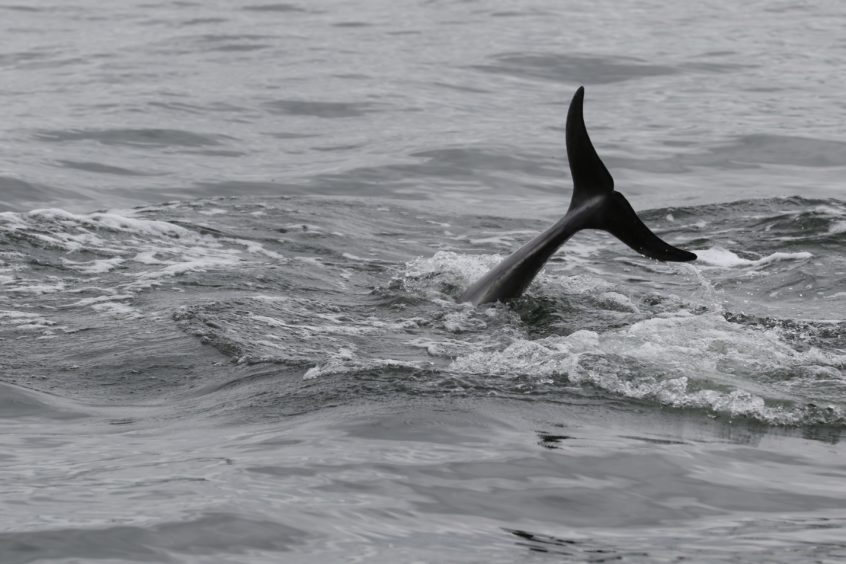
Research has identified an expansion of the dolphins’ range from the core area in the Moray Firth in the 1990s where there is a designated Marine Protected Area, south to the Tay Estuary and around Fife.
Recent years have seen an increase in sightings in the Firth of Forth and even as far south as the North East English coast this year.
New research to investigate this apparent trend is due to get under way later this year.
